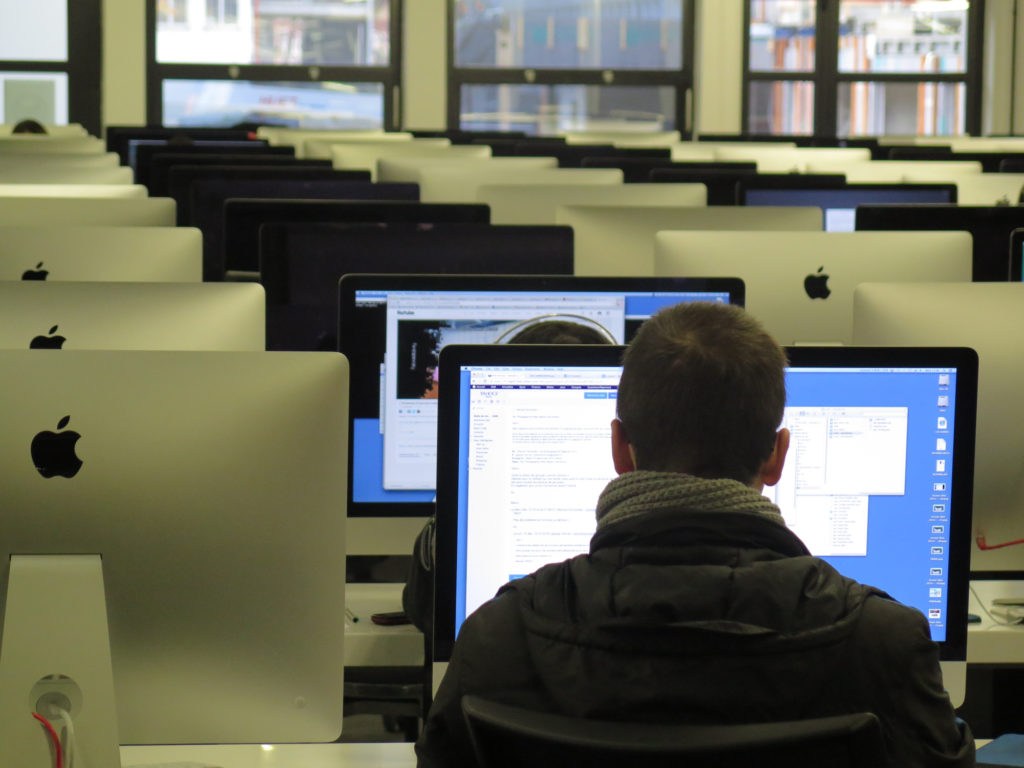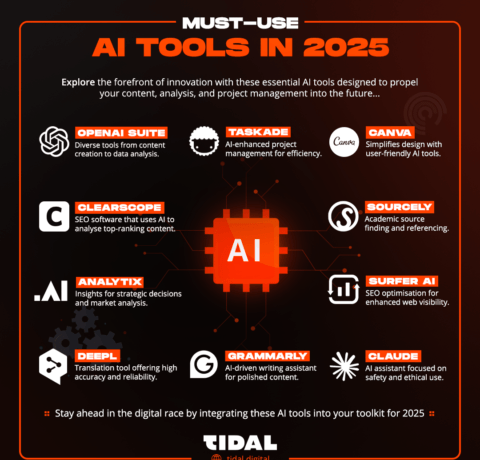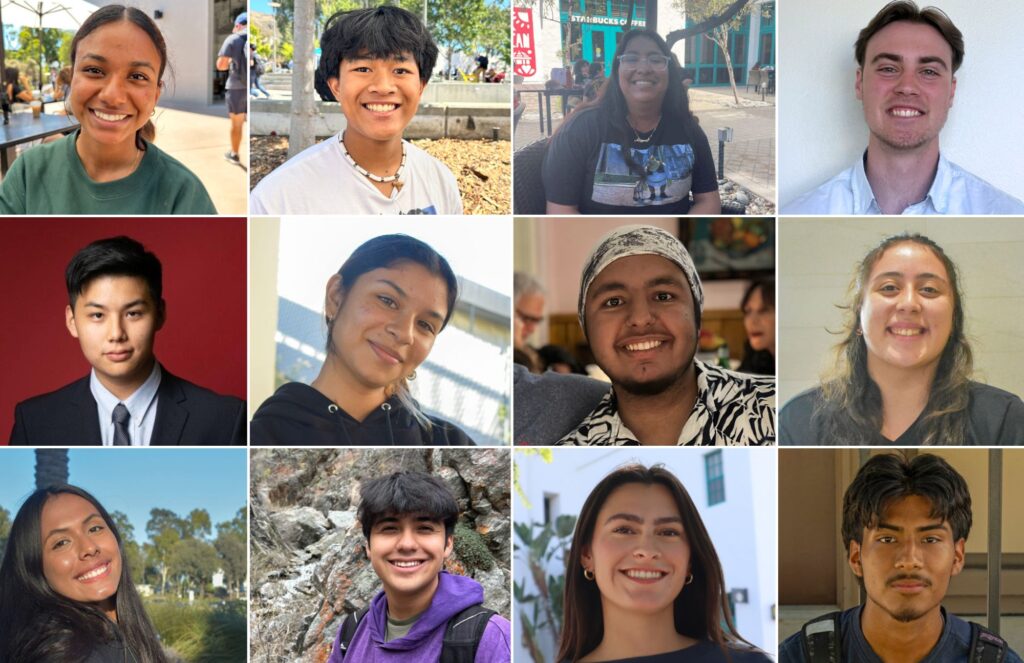
Credit: Pexels.com
California State University (CSU) will make generative artificial intelligence technologies like ChatGPT available to students, staff and faculty across its 23 campuses at no personal cost to them in anticipation that AI will reshape higher education and the state’s workforce.
Seeking to train students in AI skills and boost their career prospects, CSU will also be part of a new body, called the AI Workforce Acceleration Board, according to an announcement Tuesday at San Jose State University. That panel will include CSU academic leaders and representatives from the governor’s office as well as firms like Microsoft, IBM and artificial-intelligence chip manufacturer Nvidia.
“This initiative will elevate the CSU student experience, enhancing student success with personalized and future-focused learning tools across all fields of study, and preparing our increasingly AI-driven workforce,” Chancellor Mildred García said at a news conference.
The AI Workforce Acceleration Board will aim to ensure that CSU students are prepared for AI-related jobs or graduate school when they finish their degrees, CSU officials said. The board will also organize events challenging CSU students and faculty to use AI to help address problems like climate change and housing affordability.
In addition, CSU plans to facilitate faculty use of AI in their teaching and research. It will also connect students to AI-related apprenticeship programs, according to the announcement.
The rise of artificial intelligence has provoked optimistic predictions that the technology will trigger rapid innovation in higher education — equipping students with chatbot tutors, administrators with the ability to automate rote tasks and scholars with models that advance their research. But those bright visions are counterbalanced by fears AI will erode the value of a college degree, undermine the academic integrity of research and unleash widespread AI-assisted cheating in classrooms.
California leaders have been eager to cement the state’s place as a leader in developing generative AI, and say there is a need to educate more home-grown talent to work in the sector. More than half of AI workers in the U.S. were born in other countries, according to a 2019 report by Georgetown University’s Center for Security and Emerging Technology.
Gov. Gavin Newsom in 2023 signed an executive order directing the state to study the impact of AI on California’s workforce and, in August, announced an agreement with Santa Clara-based Nvidia to offer AI certificate programs and workshops at community colleges.
CSU’s focus on artificial intelligence comes at a time when campuses across the university system, especially those struggling with troubling enrollment downturns, are looking to trim costs ahead of an expected state budget cut. Noting that financial reality, CSU chief information officer Ed Clark said the chancellor’s office has allocated money from one-time savings to fund AI initiatives. “The truth is, we are piecemealing it,” he said. “We’re doing the best we can with the resources we have available one-time, and we’re going to have to do the same thing next year as well.”
Among the tools CSU is adopting is OpenAI’s ChatGPT Edu, a version of the chatbot already in use at higher education institutions including Arizona State University and the University of Pennsylvania’s Wharton School. Unlike the free version of ChatGPT, conversations using ChatGPT Edu will stay within CSU and cannot be used to train OpenAI models, Clark said. Data privacy is a particular concern for universities, since users may wish to use ChatGPT to analyze sensitive or confidential information.
An OpenAI official said the agreement with CSU represents the “single largest deployment of ChatGPT around the world.” By negotiating a system-wide deal with OpenAI, Clark said, CSU is making sure the technology is available to all of its campuses, not just those that can afford to purchase enterprise access to ChatGPT on their own.
The university will pay about $16.9 million over the lifetime of its partnership with OpenAI, which is “less than current and planned expenditures for these technologies,” a CSU spokesperson said.
Generative AI tools from other companies will also be made available to CSU affiliates, including functions within software the university system already purchases, such as Microsoft Office and Zoom video conferencing. The system also plans to offer AI training modules to teach students, faculty and staff members skills like prompt engineering while guiding them on how to use the technology in a responsible way. Training provided by Nvidia will come with compute power so students can learn to work with GPUs, the electronic circuits used to train and deploy AI models, said Louis Stewart, the company’s head of strategic initiatives.
CSU officials are still determining the final lineup of the board, Clark said, but anticipate that it will include members of Newsom’s cabinet as well as representatives of Adobe, Google parent company Alphabet, Amazon Web Services, Instructure, Intel, LinkedIn and OpenAI. Clark said CSU-affiliated members will include Elizabeth Boyd, chair of the academic senate; Cynthia Teniente-Matson, the president of San Jose State University; Iese Esera, the president of the Cal State Student Association; and Clark himself.
Universities have varied in their embrace of artificial intelligence technology, with some eagerly hiring administrators and faculty knowledgeable about the field or updating policies around issues like academic integrity to account for AI.
CSU leaders have been contemplating the impact generative artificial intelligence will have on campuses for several years, including in the system-wide academic senate. A CSU committee in June released a list of recommendations for how the university system should incorporate AI.
The California Faculty Association, which represents CSU employees including professors, librarians and coaches, is seeking to add an article to its contract with CSU regarding the use of AI, citing concerns that adoption of the technology could “replace roles at the University that will make it difficult or impossible to solve classroom, human resources, or other issues” and otherwise negatively impact CFA members. Faculty unions outside CSU have voiced related worries.





